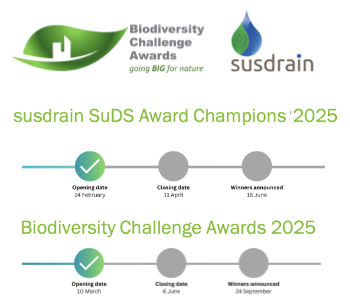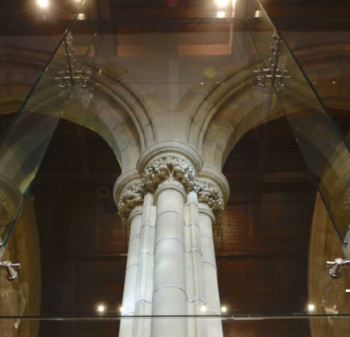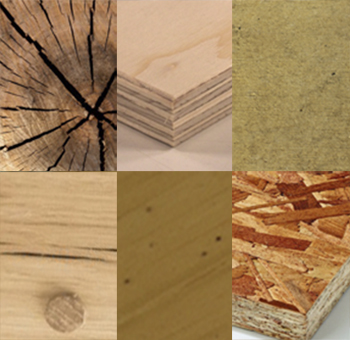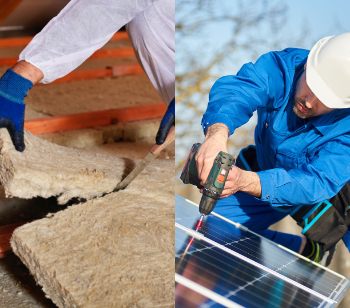3D printing construction market
3D printing is a manufacturing process that creates physical objects based on digital designs. This is achieved with the help of an additive process, where an object is created by a machine that prints various layers of material until the object is completed.
3D printing in construction is also referred to as 'building printing' or 'contour crafting'.
3D printing in the construction industry may help tackle the housing crisis as it can allow 3D printing offers lower labour costs and construction can be completed more quickly. In addition, 3D printing produces little waste and the various wasted raw materials from printing that include failed prints and concrete waste can be recycled. It also helps simplify construction models and plans - the reason being the shapes and structures desired by designers can be printed with high precision.new structures to be created quickly.
Key players operating in the global 3D printing in construction market includes Zhuoda Group, WASP, Urban3D Company, Cazza Construction Company, Apis Cor, WinSun, Belatchew Arkitekter, DUS Architects, Skanska, Fosters+Partners, Lafarge, Carilliom Plc., Balfour Beatty and Sika, among others.
In September 2018, Italy-based WASP unveiled “the infinity 3D printer”, a construction system that is mainly used to print sustainable houses. It is designed to fast-track the development of the technological village of Shamballa. This is basically a WASP project that aims to develop various 3D-printed, environment-friendly houses. WASP also developed the world’s largest 3D printers that can build homes from locally-sourced materials by using wind, solar or hydro power. This in turn enables regions that do not have access to electricity to 3D print eco-friendly structures sourced through local resources.
Urban3D Company was founded to respond to the housing crisis in Brazil. The company is currently (2019) testing various prototypes and aims to provide various solutions to the development of Brazilian shantytowns.
Apis Cor, based in Russia, is also adopting 3D-printing technology and is the first company to develop specialised equipment for 3D printing in construction .This equipment aims to print whole buildings on site.
Companies are also focusing on special robots that are used for 3D printing. For example, Cazza, based in the US, built the Cazza X1, concrete house 3D printer that was mainly designed for disaster prone areas. These structures can withstand severe tornados, earthquakes, and others, so that people in vulnerable areas can be provided with immediate housing facilities.
3D-printed technology is also used to explore space. NASA's 3D-Printed Habitat Challenge aims to examine various technologies to build homes in space, such as on Mars or on the Moon.
3D-printing techniques also find applications in aerospace, defense, automobile, health, and mechanical applications among others, with printing materials specified as required. Advanced materials combined with cutting-edging printing technology and various advanced computer algorithms have made 3D technology very affordable; this in turn is expected to drive the demand for this market.
3D Printing in construction is mainly driven by the need for sustainable, new, smart housing and eco-friendly solutions. The affordability and speed of buildings are other factors driving the Asia-Pacific market. Rising demand for commercial buildings is also expected to drive the market. Asia-Pacific accounts for the largest revenue share in the global market. Growth in the Asia-Pacific region is mainly attributed to the increasing usage of 3D-printing in China. Rapid industrialisation, high population and urbanisation followed by a growth in concern for environmental pollution and human health is expected to boost the market demand for 3D printing in the Asia-Pacific construction sector.
[edit] Related articles on Designing Buildings Wiki
- 3D concrete printer.
- 3D concrete printing market.
- 3D printed bridge.
- 3D Printed Office Dubai.
- 3D printing.
- 3D printing Michelangelo's David in concrete.
- Advanced construction technology.
- Advanced manufacturing.
- At a glance - 3D printing.
- Building information modelling.
- Computer aided manufacturing.
- Offsite manufacturing.
- Printing 3D models of buildings.
- WikiHouse.
Featured articles and news
Insights of how to attract more young people to construction
Results from CIOB survey of 16-24 year olds and parents.
Focussing on the practical implementation of electrification.
Sustainable Urban Drainage and Biodiversity
Awards for champions of these interconnected fields now open.
Microcosm of biodiversity in balconies and containers
Minor design adaptations for considerable biodiversity benefit.
CIOB student competitive construction challenge Ireland
Inspiring a new wave of Irish construction professionals.
Challenges of the net zero transition in Scotland
Skills shortage and ageing workforce hampering Scottish transition to net zero.
Private rental sector, living standards and fuel poverty
Report from the NRH in partnership with Impact on Urban Health.
.Cold chain condensing units market update
Tracking the evolution of commercial refrigeration unit markets.
Attending a conservation training course, personal account
The benefits of further learning for professsionals.
Restoring Alexander Pope's grotto
The only surviving part of his villa in Twickenham.
International Women's Day 8 March, 2025
Accelerating Action for For ALL Women and Girls: Rights. Equality. Empowerment.
Lack of construction careers advice threatens housing targets
CIOB warning on Government plans to accelerate housebuilding and development.
Shelter from the storm in Ukraine
Ukraine’s architects paving the path to recovery.
BSRIA market intelligence division key appointment
Lisa Wiltshire to lead rapidly growing Market Intelligence division.
A blueprint for construction’s sustainability efforts
Practical steps to achieve the United Nations Sustainable Development Goals.
Timber in Construction Roadmap
Ambitious plans from the Government to increase the use of timber in construction.
ECA digital series unveils road to net-zero.
Retrofit and Decarbonisation framework N9 launched
Aligned with LHCPG social value strategy and the Gold Standard.


























Comments